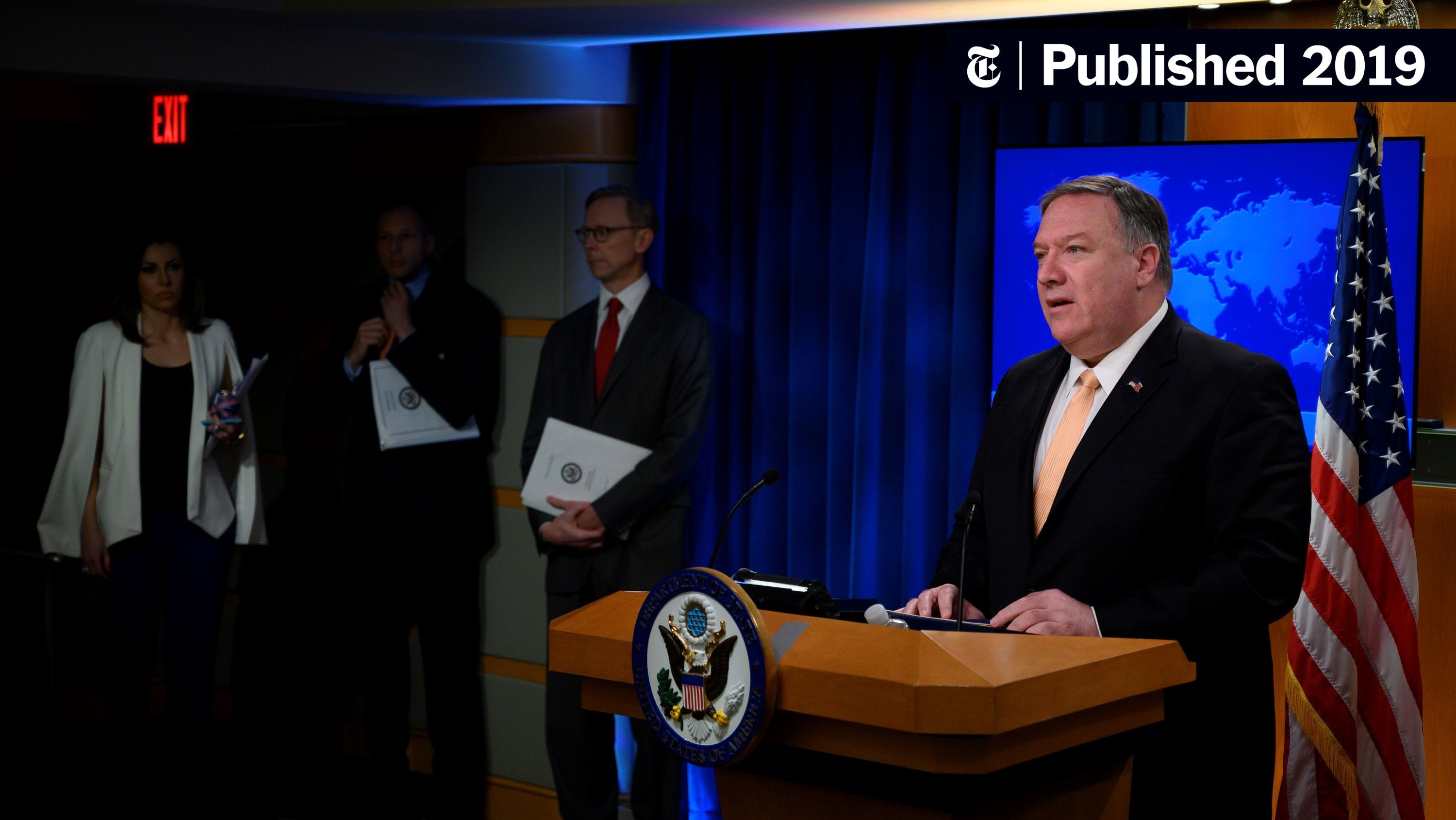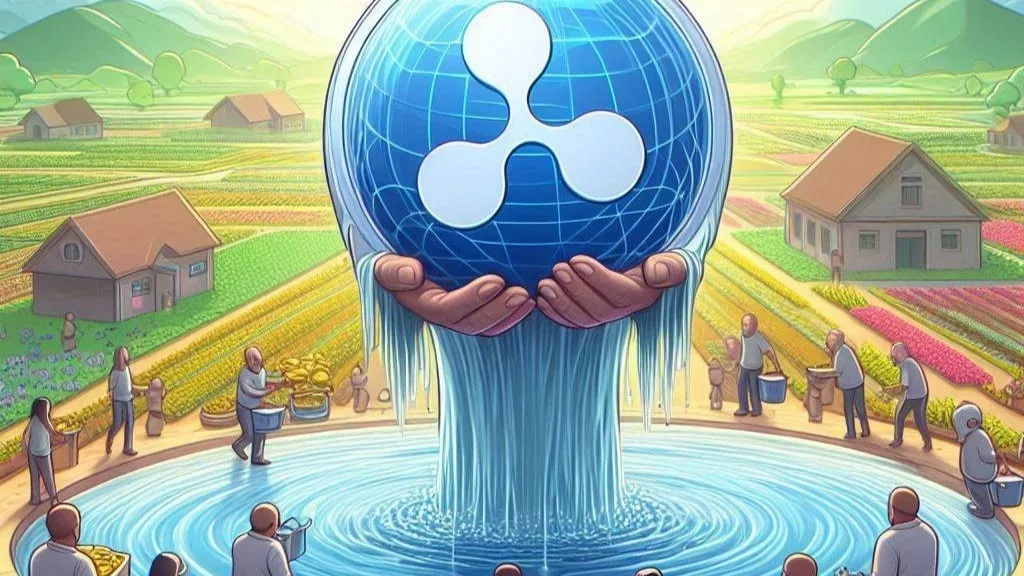Iran Plastics Exports To China At Risk Due To US Sanctions

Table of Contents
The Scope of Iranian Plastics Exports to China
Iran is a major producer of petrochemicals, and its plastics industry benefits significantly from this resource advantage. A substantial portion of Iran's plastic production is exported, with China being a key destination. The export volume is considerable, representing a significant share of China's total plastic imports. Key plastic products exported from Iran to China include polyethylene (PE), polypropylene (PP), and other essential polymers crucial to various manufacturing sectors in China.
- Quantifiable Data: While precise figures are difficult to obtain due to the sanctions and data limitations, reports suggest that before the intensification of sanctions, Iran supplied a significant percentage (estimates vary but range from 5-15%, depending on the specific plastic type) of China’s demand for certain polymers. The value of these exports ran into billions of dollars annually.
- Key Plastic Products Exported: Polyethylene (both high-density polyethylene (HDPE) and low-density polyethylene (LDPE)), polypropylene (PP), Polyvinyl chloride (PVC), and other specialized plastics.
- China's Reliance: China’s reliance on Iranian plastics, while seemingly decreasing due to sanctions, was historically notable, particularly for certain types of polymers where Iran held a competitive price advantage.
The Impact of US Sanctions on Trade
US sanctions significantly hinder Iranian plastic exports to China. These sanctions create multifaceted challenges across the entire supply chain. The restrictions impede financial transactions, making payments between Iranian exporters and Chinese importers incredibly difficult. Furthermore, shipping and insurance companies are hesitant to engage in transactions involving Iranian goods, owing to the substantial compliance risks associated with violating US sanctions.
- Specific Examples: Sanctions restrict the use of US dollars in transactions, limiting access to international banking systems for Iranian companies. This has led to delays, increased costs, and in some cases, complete cessation of trade.
- Challenges Faced by Iranian Exporters: Exporters struggle to find reliable payment channels, secure shipping, and navigate complex legal and compliance hurdles. The uncertainty adds significant operational and financial risks.
- Challenges Faced by Chinese Importers: Chinese importers face difficulties sourcing materials from Iran, leading to potential supply shortages and increased costs. Compliance concerns necessitate increased due diligence, adding layers of complexity and risk to their operations.
Alternative Sourcing Strategies for China
Facing reduced access to Iranian plastics, China is actively exploring alternative suppliers. Southeast Asian nations like Vietnam, Indonesia, and Malaysia, along with Middle Eastern countries like Saudi Arabia and the UAE, are emerging as potential sources. However, shifting supply chains is not without its complexities. Alternative suppliers may not offer the same price competitiveness as Iran, and logistics may prove challenging. Furthermore, ensuring the consistent quality and quantity required by China's vast manufacturing sector presents a significant hurdle.
- Potential Alternative Suppliers: Saudi Arabia, UAE, Malaysia, Indonesia, Vietnam, and others are stepping up to potentially fill the gap, but their capacity may be limited in the short-term.
- Comparison of Pricing and Quality: While some alternative suppliers may offer comparable quality, their prices are often higher, potentially impacting the cost of final products in China.
- Analysis of Potential Supply Chain Disruptions: The transition to new suppliers is not seamless, potentially causing temporary disruptions and impacting the overall stability of China’s manufacturing processes.
The Geopolitical Implications
The situation with Iran plastics exports has wider geopolitical implications. It exacerbates existing tensions between the US and China, affecting trade relations and strategic alliances. Furthermore, the sanctions significantly impact Iran's economic stability, while also introducing volatility into the global plastics market, affecting price fluctuations and supply chain reliability for industries globally.
Conclusion
The significant volume of Iranian plastics exports to China has been dramatically impacted by US sanctions, forcing China to seek alternative supply sources. The complexities of shifting this large-scale trade relationship highlight the far-reaching consequences of geopolitical events on global markets. The challenges faced by both Iranian exporters and Chinese importers underscore the need for a diverse and resilient supply chain. Staying informed about developments in Iran plastics exports, US sanctions, and China's evolving import strategies is crucial for understanding the dynamics of this evolving situation and its long-term effects on the global plastics market. Further research into the effectiveness of China's alternative sourcing strategies and the long-term economic repercussions of these sanctions is vital.

Featured Posts
-
 Warriors Vs Rockets Prediction Nba Playoffs Picks Odds And Best Bets
May 07, 2025
Warriors Vs Rockets Prediction Nba Playoffs Picks Odds And Best Bets
May 07, 2025 -
 Daily Lotto Winning Numbers For Sunday 4th May 2025
May 07, 2025
Daily Lotto Winning Numbers For Sunday 4th May 2025
May 07, 2025 -
 Aktuelle Lottozahlen 6aus49 Ziehung Vom 12 April 2025
May 07, 2025
Aktuelle Lottozahlen 6aus49 Ziehung Vom 12 April 2025
May 07, 2025 -
 The Kelsey Plum And Kate Martin Exchange A Positive Moment For Wnba Fans
May 07, 2025
The Kelsey Plum And Kate Martin Exchange A Positive Moment For Wnba Fans
May 07, 2025 -
 Ovechkin O Vozvraschenii V Moskovskoe Dinamo Poslednie Novosti
May 07, 2025
Ovechkin O Vozvraschenii V Moskovskoe Dinamo Poslednie Novosti
May 07, 2025
Latest Posts
-
 Xrp Rally Examining The Influence Of A Presidential Article On Ripple
May 07, 2025
Xrp Rally Examining The Influence Of A Presidential Article On Ripple
May 07, 2025 -
 Kenny Couple Welcomes Baby Girl Following Fertility Challenges
May 07, 2025
Kenny Couple Welcomes Baby Girl Following Fertility Challenges
May 07, 2025 -
 Who Wants To Be A Millionaire Easy Question Sparks Viewer Backlash
May 07, 2025
Who Wants To Be A Millionaire Easy Question Sparks Viewer Backlash
May 07, 2025 -
 Japanese Financial Giant Sbi Holdings Distributes Xrp To Shareholders
May 07, 2025
Japanese Financial Giant Sbi Holdings Distributes Xrp To Shareholders
May 07, 2025 -
 Us Presidents Post On Trump And Ripple Sends Xrp Higher
May 07, 2025
Us Presidents Post On Trump And Ripple Sends Xrp Higher
May 07, 2025
